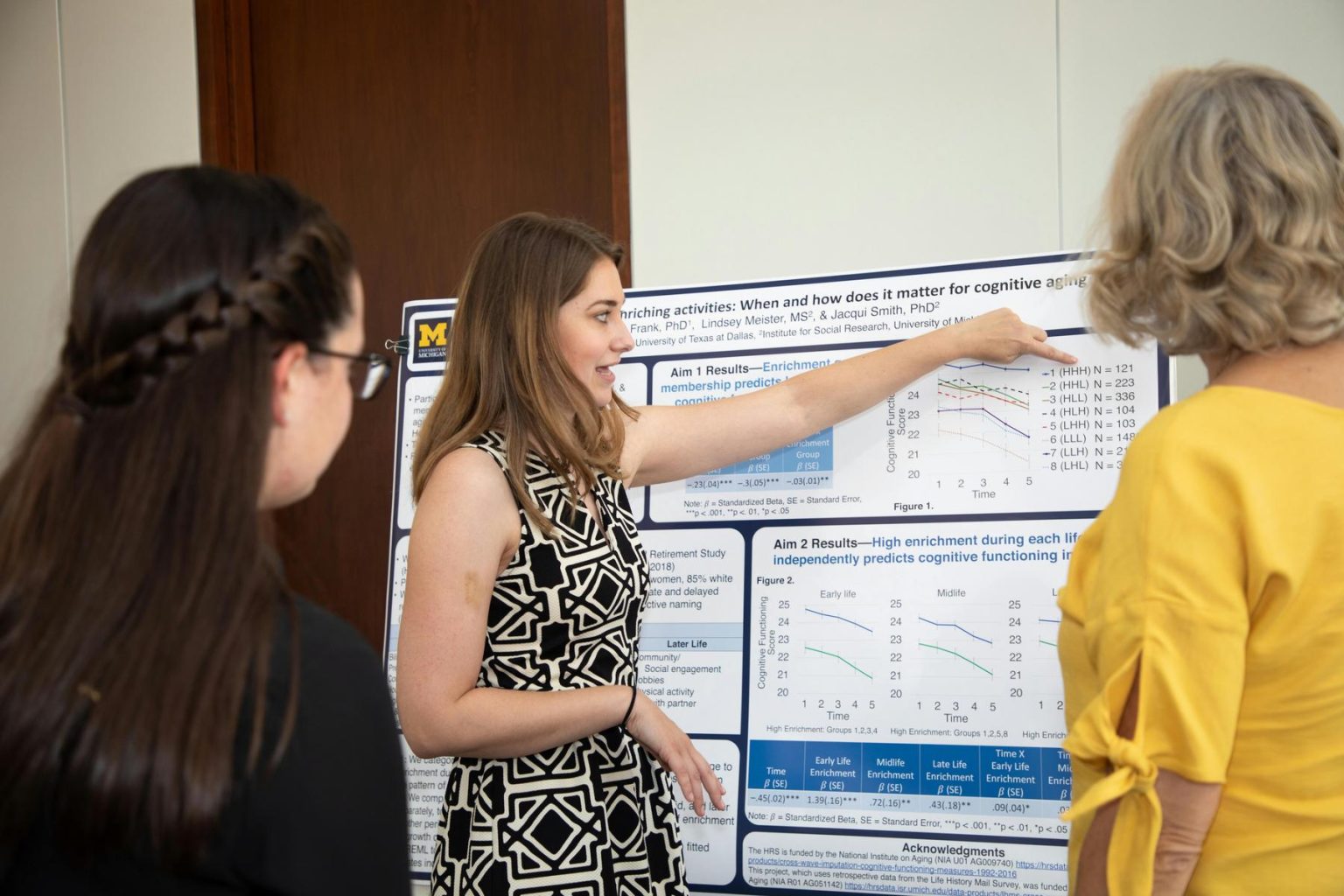
Reading Fluency: Why It Matters and Techniques to Improve It
When your child brings home their reader and struggles through each sentence—pausing awkwardly, reading without expression, or losing track of…

When a child struggles with reading, the ripple effects extend far beyond the classroom. Parents across Cleveland, Ormiston, Wellington Point, and surrounding Southeast Queensland communities witness their children’s confidence erode as peers surge ahead in literacy development. The frustration is palpable—why does reading come so naturally to some children whilst others battle with every word? The answer lies not in a child’s intelligence or effort, but in understanding the robust scientific framework that reveals exactly how reading works and what effective support truly looks like.
The Science of Reading represents over five decades of interdisciplinary research spanning cognitive psychology, neuroscience, linguistics, and education. This comprehensive body of evidence has fundamentally transformed our understanding of reading acquisition, revealing that reading is not an innate human ability but a complex skill requiring explicit, systematic instruction. For families in Alexandra Hills, Thornlands, Capalaba, and across the Redlands, this research provides hope and clear pathways for supporting children who struggle with literacy.
The Science of Reading establishes that successful reading instruction must address five non-negotiable pillars: phonemic awareness, phonics, fluency, vocabulary, and comprehension. These components operate synergistically, as outlined in Gough and Tunmer’s Simple View of Reading, which demonstrates that reading comprehension results from the multiplicative relationship between word recognition and language comprehension.
Neurocognitive research validates these principles at the brain level. Functional MRI studies reveal that skilled reading requires integration of visual, phonological, and semantic processing networks. Crucially, struggling readers underactivate the brain’s left occipito-temporal region—the “visual word form area”—demonstrating the neurological basis for explicit phonics instruction.
Longitudinal studies conducted by the National Institute of Child Health and Human Development establish that early systematic phonics instruction prevents reading failure in 90-95% of children, including those at risk for dyslexia. This robust evidence fundamentally challenges unsupported approaches that assume reading develops through mere text exposure.
| Reading Component | Research Evidence | Practical Application |
|---|---|---|
| Phonemic Awareness | Foundation for all reading skills | Explicit sound manipulation activities |
| Phonics | Prevents reading failure in 90-95% of children | Systematic grapheme-phoneme instruction |
| Fluency | Bridges decoding and comprehension | Structured practice with decodable texts |
| Vocabulary | Essential for comprehension growth | Direct teaching of word meanings |
| Comprehension | Result of strong decoding + language skills | Strategy instruction and background knowledge |
Structured Literacy represents the pedagogical embodiment of Science of Reading principles, distinguished by its diagnostic, explicit, systematic, and cumulative design. Research from the International Dyslexia Association demonstrates this approach’s effectiveness across diverse populations, including students with dyslexia and English language learners.
Meta-analyses by the Institute of Education Sciences confirm that Structured Literacy interventions yield significantly greater reading gains than balanced literacy approaches, with effect sizes of +0.48. This translates to meaningful improvements for children who previously struggled with traditional reading instruction.
The approach encompasses six interconnected elements: phonology (sound structure), sound-symbol association, syllable patterns, morphology (meaning units), syntax (sentence structure), and semantics (meaning). Instruction integrates these through simultaneous multisensory engagement—students might trace graphemes whilst vocalising phonemes, linking kinesthetic, visual, and auditory pathways.
Queensland’s Department of Education exemplifies systematic implementation through its Reading Commitment, a $35 million investment mandating consistent evidence-based reading instruction across all state schools. This initiative provides teacher professional development in systematic synthetic phonics, decodable texts, and linguistic comprehension strategies, directly benefiting families throughout Birkdale, Thorneside, Mount Cotton, and neighbouring communities.
Research indicates that over 60% of students require Structured Literacy methodologies, with approximately 15-20% of the population exhibiting characteristics of dyslexia. These children face persistent difficulties with accurate word recognition despite adequate intelligence and instruction, reflecting neurobiological differences in reading processing.
Students with dyslexia benefit from intervention leveraging Structured Literacy principles through enhanced explicitness, intensity, and multisensory integration. The Orton-Gillingham approach exemplifies this methodology, providing sequential, phonics-based instruction incorporating visual, auditory, and kinesthetic pathways. Meta-analyses indicate Orton-Gillingham interventions generate moderate-to-large effect sizes (0.50-0.80) in word reading accuracy and fluency.
Multi-tiered systems of support operationalise inclusive frameworks: Tier 1 delivers whole-class explicit phonics instruction; Tier 2 provides small-group intervention for students lagging in benchmark assessments; Tier 3 offers individualised intensive support. Queensland’s investment in over 1,100 learning support staff ensures such tiering is available across schools in Victoria Point, Chandler, and surrounding areas.
This paradigm shifts focus from remediation to prevention, with longitudinal studies showing 85% of at-risk students avoiding reading disabilities with early Tier 2 intervention.
The Science of Reading extends beyond classroom instruction to encompass family engagement in evidence-based practices. Research demonstrates that home literacy environments significantly impact reading outcomes, particularly when aligned with school-based Structured Literacy approaches.
Effective home support focuses on phonological awareness activities appropriate for the child’s developmental stage. For early readers, this might include rhyming games, sound segmentation activities, and phoneme manipulation exercises. Parents can support phonics development by practising letter-sound correspondences and reading decodable texts that align with their child’s current instructional level.
Vocabulary development represents another crucial area for family involvement. Research indicates that rich conversations, shared book reading, and explicit vocabulary instruction at home amplify classroom learning. Families can implement techniques such as pre-teaching vocabulary before reading sessions and encouraging children to use new words in multiple contexts.
For children receiving intensive reading support, consistency between home and professional intervention proves essential. This coordination ensures that evidence-based strategies remain central to the child’s learning experience across all environments.
Standardised assessments like Australia’s National Assessment Program for Literacy and Numeracy (NAPLAN) provide critical data on reading proficiency across the education system. The 2024 NAPLAN results revealed that over 60% of Queensland students achieved “Strong” or “Exceeding” proficiency in reading, though significant disparities persist for some populations.
NAPLAN’s proficiency standards specify developmental expectations: a “Strong” Year 3 reader decodes multisyllabic words, infers meaning from context, and identifies main ideas in informative texts. These benchmarks help families and educators understand whether additional support may be beneficial.
Beyond standardised testing, ongoing curriculum-based measurements enable responsive instruction. Regular assessment of oral reading fluency, phonemic awareness skills, and comprehension strategies allows for immediate instructional adjustments. This data-informed approach exemplifies the diagnostic teaching essential to Structured Literacy implementation.
For families concerned about their child’s reading development, comprehensive assessment provides clarity about specific strengths and areas requiring support. This information guides intervention planning and ensures that support addresses the child’s individual learning profile.
The Science of Reading provides an unequivocal foundation for effective literacy instruction, establishing that reading mastery requires explicit, systematic teaching of all essential components. Structured Literacy emerges as the evidence-based framework for translating this research into practice, demonstrating effectiveness for all learners, including those with dyslexia and language disorders.
Queensland’s Reading Commitment exemplifies how policy alignment, targeted funding, and professional development can standardise evidence-based practices across educational systems. This investment directly benefits families throughout Southeast Queensland, from the bayside communities of Wynnum and Lota to the developing suburbs of Springwood and Daisy Hill.
The transformation from traditional reading instruction to evidence-based approaches represents a paradigm shift that prioritises what works over what feels intuitive. By anchoring literacy instruction in scientific evidence, we can ensure equitable reading proficiency for every learner, ultimately transforming academic trajectories and life outcomes for children across our communities.
The Science of Reading approach is based on decades of research demonstrating that reading requires explicit, systematic instruction in phonemic awareness, phonics, fluency, vocabulary, and comprehension. Unlike traditional methods that may rely on context clues or sight word memorisation, this approach teaches children to decode words systematically through understanding sound-letter relationships and word structure.
Research indicates that children receiving intensive, evidence-based reading interventions often show measurable improvements within 8-12 weeks of consistent instruction. However, the timeline varies depending on the child’s starting point, the intensity of intervention, and individual learning characteristics. Early intervention typically yields faster and more sustained progress.
Absolutely. Whilst early intervention is most effective, older children and even adults can benefit significantly from structured, explicit reading instruction. The key is ensuring the intervention addresses foundational skills that may have been missed earlier, regardless of the learner’s age. Many adolescents show remarkable progress when provided with appropriate evidence-based support.
Schools implementing Science of Reading approaches typically use systematic phonics programmes, provide explicit instruction in phonemic awareness, and use decodable texts rather than leveled readers for beginning readers. Teachers should be able to explain how they’re teaching phonics systematically and sequentially, and assessment should focus on decoding skills as well as comprehension.
If you have concerns about your child’s reading progress, start by discussing these with your child’s teacher to understand what support is available at school. Consider seeking a comprehensive reading assessment to identify specific areas of difficulty and appropriate interventions. Early identification and intervention are key to preventing ongoing reading difficulties.